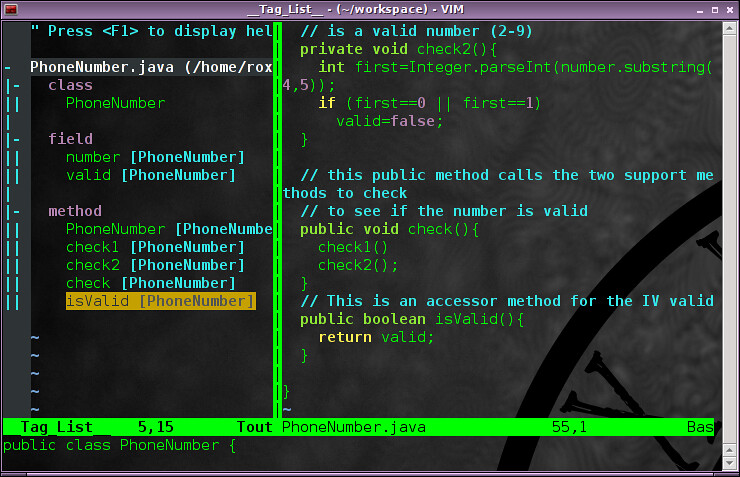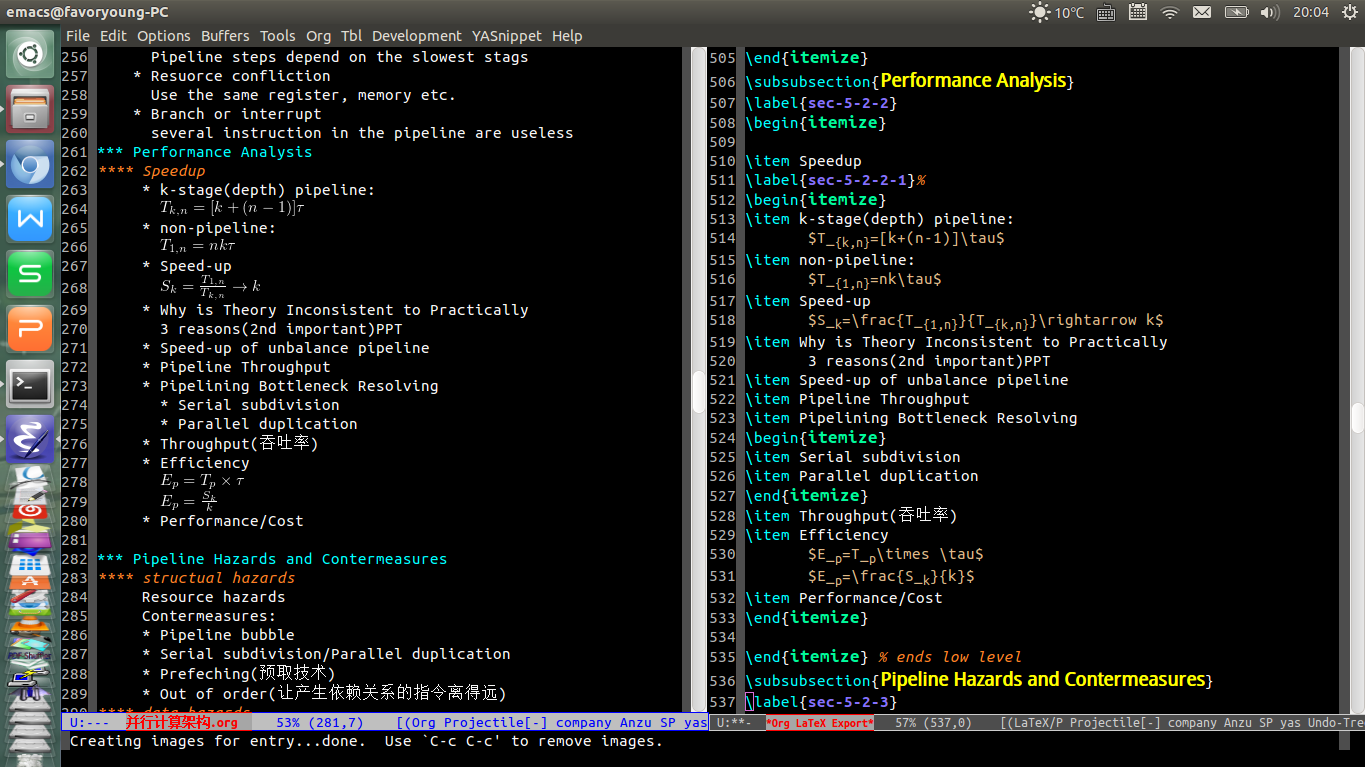
Even in spite of a chance meeting with the guy who invented vi. Emacs, and it's about using the technology that works best for the task at hand. Maybe the debate isn't really about Vim vs. I still use Vim for quick notes or when I want to copy and paste something within or between files (as I can't remember the way to do it right in Emacs-but someday I will). I have seen and tried similar features or add-ons in Vim, but they never seemed to work as fluently as they do in Emacs. Emacs" debates, I feel like a traitor moving over to Emacs. Maybe my personal email, though… What's the real debate?Īfter all these years of using Vim and observing the old "Vim vs. At work, we use Microsoft 365 and, while it's possible to read and send email in Emacs, there are too many obstacles, like booking meetings and conference rooms, to seem worth the trouble to bring them into my terminal. The one thing I have not yet moved to Emacs is email. With Pandoc installed, I can export my notes to HTML, PDF, and other document formats with only a few keystrokes.

But soon, I started using Org mode's syntax for my notes instead because it provides other nice features, such as the ability to close and expand different headings. So I started to create and open my notes files directly in Emacs no surprise, it was quite handy because it was easier to switch between my notes and my to-do file.Īlso, just like in Vim, you can set up Emacs to colorize Markdown. Since I was using Emacs for time tracking and planning, it became kind of strange to switch over to Vim for note-taking and writing. I mainly use this method to clock my time. At the end of each week and month, I can pull statistics for time reporting or just for my own information and follow-up. Time and task trackingīy using Emacs' agenda, I could see all my scheduled meetings and deadlines, so I had less need to switch to my company's calendar application.Įmacs' main advantage for me was the ability to track my time for each task I work on or every meeting I attend. In time, the commands and keystrokes grew on me, and, as I moved along, adding more features into my Emacs configuration and getting used to the environment, it turned out to be, if not everything I needed, at least the best solution I have found so far. Undo was the command I looked up most often. I had to keep a cheat sheet handy to check myself. I learned I could tweak Emacs to use my well-known Vim commands and keyboard shortcuts, but I decided I should try to learn Emacs' basics first. My steps toward EmacsĪt first, I struggled to try to remember all the new commands and endless combinations of CTRL + keys. So I made another venture into the world of Emacs. I had tried Emacs before and found out there are even more commands and keyboard combinations to keep track of in Emacs than Vim! However, every time I read an article explaining different ways to use Org mode, it seemed like Emacs was the solution I was looking for. That is until I read an article about using Org mode in Emacs. I tried some great projects for time tracking and kanban on the command line-but there was always something missing in my workflow. I tried different cloud solutions, kanban boards, and email clients, but I kept looking for a way to do it all in a terminal.

I've always enjoyed working in a terminal, but I usually needed other applications for my email, calendar, and tracking the time I spend on various tasks, which I like to do for numerous reasons. By combining Vim with Markdown syntax, I could easily export my notes to any format for other uses or sharing with my colleagues.

So, for a long time, I stuck with Vim for all my note-taking and writing. Over the years, I tried other editors, but Vim commands and keyboard shortcuts are second nature to me, so much so that I ended up doing :w every time I wanted to save in another application. I have been a loyal Vim user since, well, I don't even remember any longer.


 0 kommentar(er)
0 kommentar(er)
